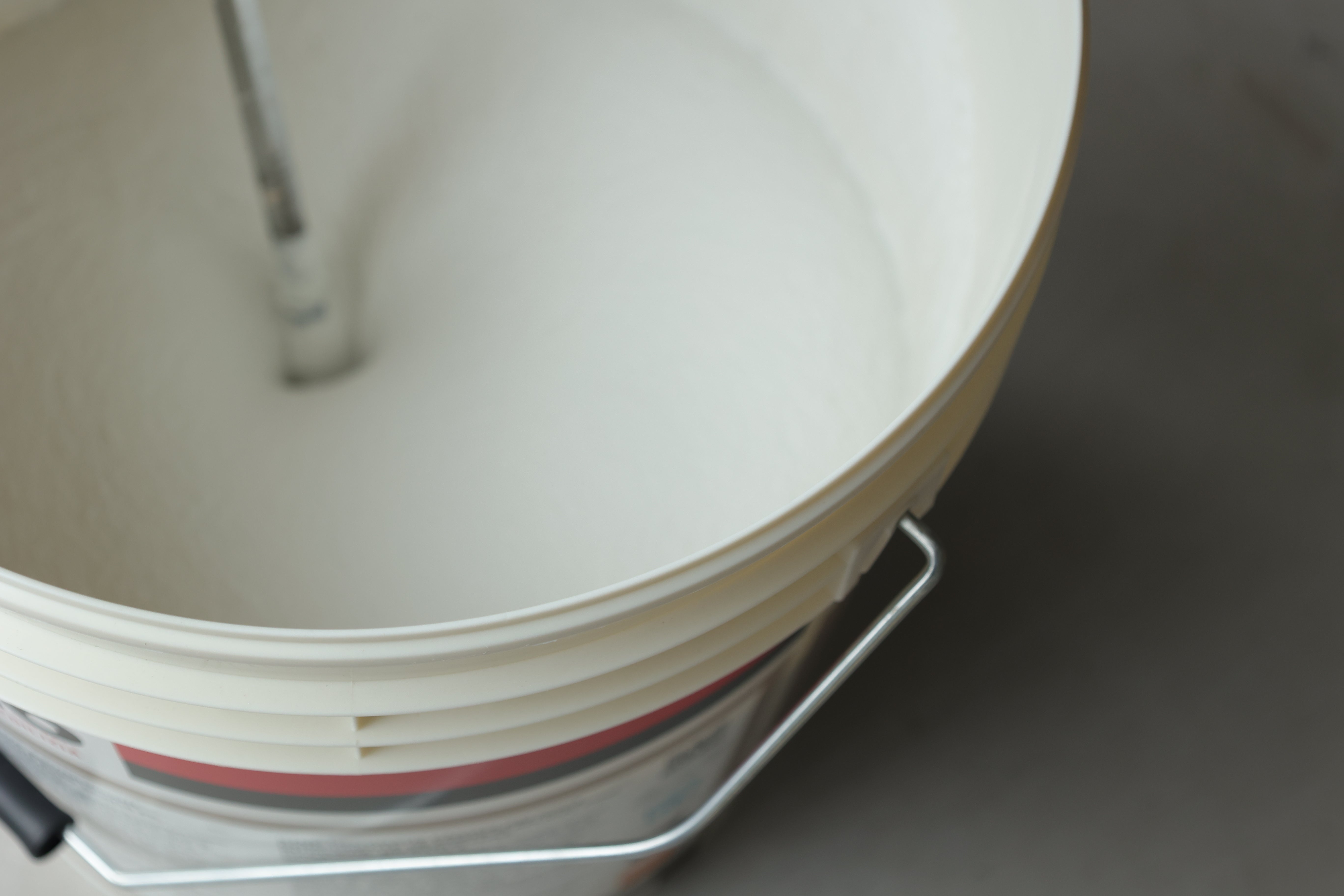Applying Microcement at High Temperatures

Share
- Home Renovation
- Microcement
- Microcement Application
- Microcement Floor
- Microcemento
- Property Developement
The application of Microcement is a technical process, that requires knowledge and skill. However, when the ideal circumstances are not guaranteed, such as temperature, it can affect the quality and durability of the finish regardless of the skill of the person applying it.
However, it is not impossible to achieve a proper application of Microcement, even without the ideal temperature.
So how is Microcement applied at high temperatures, and what advice do we have to achieve an ideal finish?
The Ideal Temperature Range
What is the ideal temperature to apply Microcement? Generally, between 15°C and 25°C. When the temperature exceeds this range, special precautions need to be taken.
What issues can arise when applying Microcement at a high temperature?
1.Rapid Drying and Curing
Certain components start to harden as soon as they are mixed, and this is further exacerbated by applying it at a higher temperature. This can result in a patchy, uneven finish or even the cracking of the material due to moisture loss.
2.Workability
If the material starts hardening and cure before we had a chance to get an even application, it can be very challenging if not impossible to fix. Unfortunately, without any precautions taken, the material may become thicker and harder to spread, which will affect the quality and durability of the application.
3.Adhesion Problems
If the temperature is too high during the application, it can affect the bonding of the material to the substrate, and between different layers.
As the heat can cause the substrate to expand, it may affect the adhesion of the base coat to the substrate, which can lead to peeling and delamination over time.
What precautions do we recommend before applying Microcement in high temperatures?
Good Timing:
The best is to avoid applying the material during the day, to avoid peak heat. If possible, start early in the morning or late afternoon. Avoid working under direct sunlight, as it can overheat the substrate, leading to a much quicker drying time for the material.
Surface Preparation:
If needed, adequate surface preparation can also help when applying microcement at high temperatures. Try to dampen the surface lightly, before the application as this will prevent the basecoat from drying too quickly.
This, however, should be done with caution, as too much moisture can affect the adhesion.
Mixing Adjustments:
When mixing the different components of Microcement, use cool water for the mix to help lower the overall temperature of the material.
Protective Measures:
If there is direct sunlight, try creating a shade over the working area to prevent the substrate or the material from overheating, and avoid sudden heat exposure.
Hydration Control:
To keep the surface moist, and avoid it drying too quickly, try misting some water on it during the initial curing period. This could be an important step to prevent rapid drying and cracking.
To control the curing environment, try using a curing blanket or plastic sheeting to help the surface retain moisture and dry gradually.
Equipment:
Tools and equipment used for the application should all be cool before use, as even hot tools can accelerate the drying of the components.
Conclusion
Applying Microcement at high temperatures is something to be taken seriously, and precautions need to be taken to ensure a high-quality finish.
Preparing the surface, planning ahead and using protective measures to control the environment and help mitigate the adverse effects of heat.
Follow these tips to make the most out of the micorcement, by achieving a smooth and durable finish.
If you have not worked with Microcement before, book our beginner course to learn a new in-demand skill!
If you have some experience but want to take your knowledge to the next level, try our advanced course!
